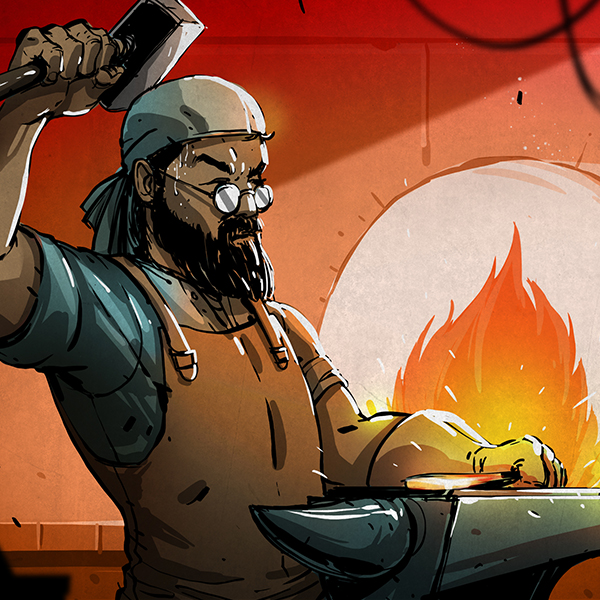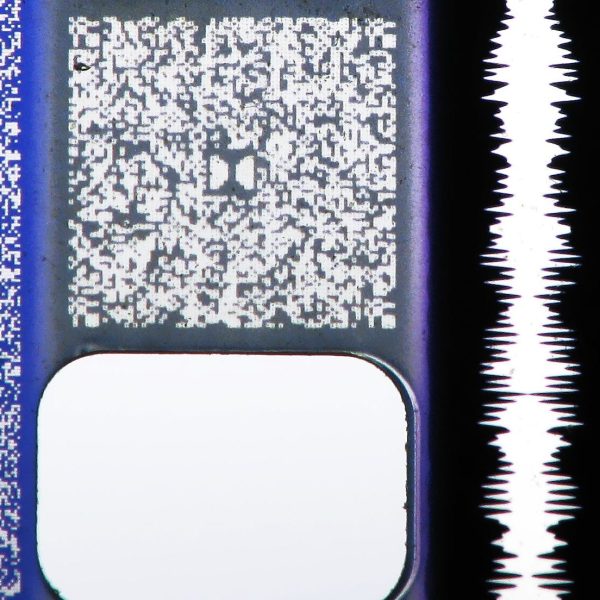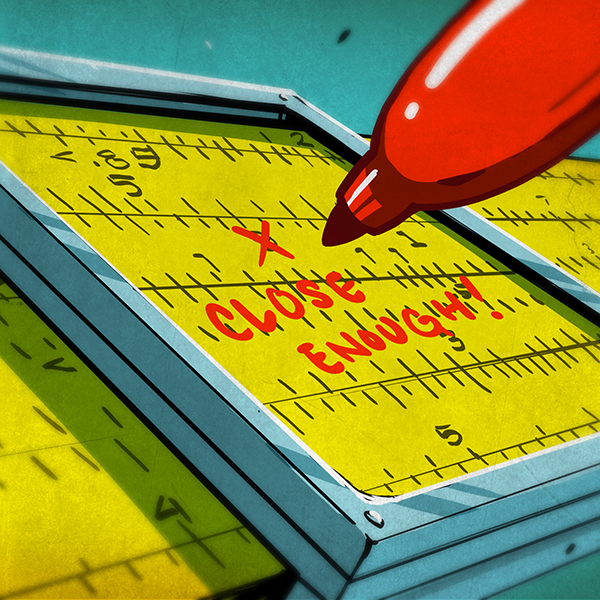Remember “Deep Thoughts by Jack Handey”? We do, and we always enjoyed the quirky mix of soothing music, soft-focus nature images, and random absurd thought scrolling across the screen as bumpers between segments on Saturday Night Live. Clearly, [tvm78] remembers them, because his picture frame mashups of the r/EarthPorn and r/ShowerThoughts subreddits could have been written by Jack himself.
While [tvm78] shares no photos of his build and offers no tutorials, he makes it clear that this was his first build of any kind. He does offer a few details, like the fact that he’s driving a display with a Raspberry Pi, and he handily references a similar build that includes the code he borrowed to make his frame happen. While we feel that the original mashup works well, several helpful redditors offer suggestions for other combinations, like r/ArchitecturePorn and /r/nocontext, or r/abandonedporn and r/onelinehorror. Of course a straight grab from r/demotivational could be fun too.
We’ve seen tons of web-enabled picture frames before, and plenty of “magic mirror” builds that display useful information on a two-way mirror. But this one appeals to the cynic in us, and would make Jack Handey proud.


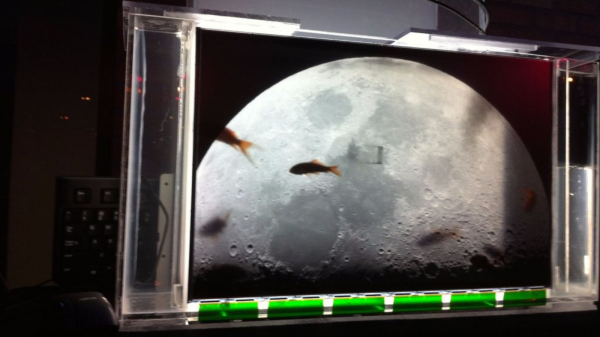
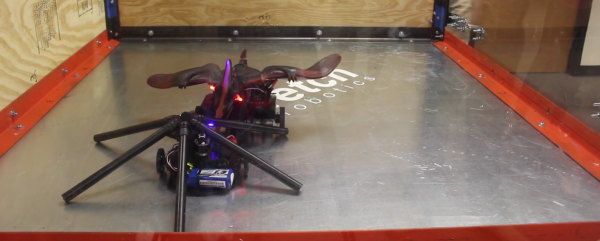
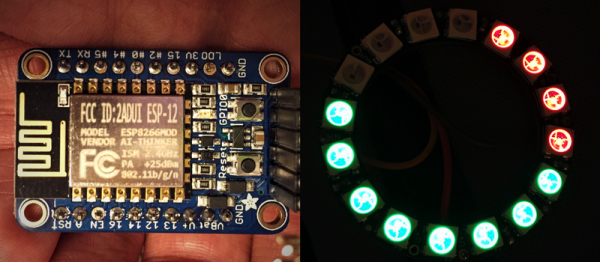

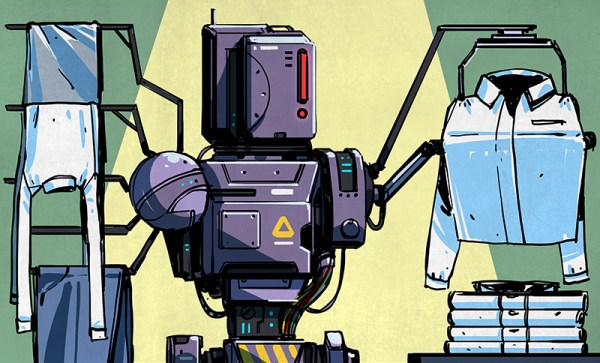
 “This is the year of the general purpose home robot!” “2016 is going to be for robots like 1976 was for the home computer!” The problem with statements like those is the fact that we’ve been hearing them since the 1970’s. General purpose home robots still have a long way to go. Sure, we’ve got Roomba, we’ve even got self-driving cars. But we don’t have Rosie from the Jetsons. And while I don’t think we’re going to get to Rosie for a while, there are some simple challenges that can spur development in that direction. One need look no further than one’s own laundry room.
“This is the year of the general purpose home robot!” “2016 is going to be for robots like 1976 was for the home computer!” The problem with statements like those is the fact that we’ve been hearing them since the 1970’s. General purpose home robots still have a long way to go. Sure, we’ve got Roomba, we’ve even got self-driving cars. But we don’t have Rosie from the Jetsons. And while I don’t think we’re going to get to Rosie for a while, there are some simple challenges that can spur development in that direction. One need look no further than one’s own laundry room.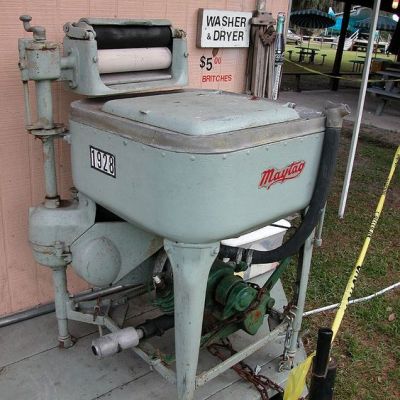 Using machines to wash and dry laundry isn’t a new concept. Washers and dryers have become commonplace enough that we don’t think of them as robots. Hamilton Smith patented the rotary washing machine in 1858. Maytag has had home machines available for nearly 100 years. Many of the early machines were powered by gasoline engines, as electricity wasn’t common in rural farmhouses. Things have improved quite a bit since then! From the dryer we transfer our laundry to a basket, where it has to be folded. It is this final step that cries out for a homemaking automaton to take this chore out of Everyman’s hands.
Using machines to wash and dry laundry isn’t a new concept. Washers and dryers have become commonplace enough that we don’t think of them as robots. Hamilton Smith patented the rotary washing machine in 1858. Maytag has had home machines available for nearly 100 years. Many of the early machines were powered by gasoline engines, as electricity wasn’t common in rural farmhouses. Things have improved quite a bit since then! From the dryer we transfer our laundry to a basket, where it has to be folded. It is this final step that cries out for a homemaking automaton to take this chore out of Everyman’s hands.

